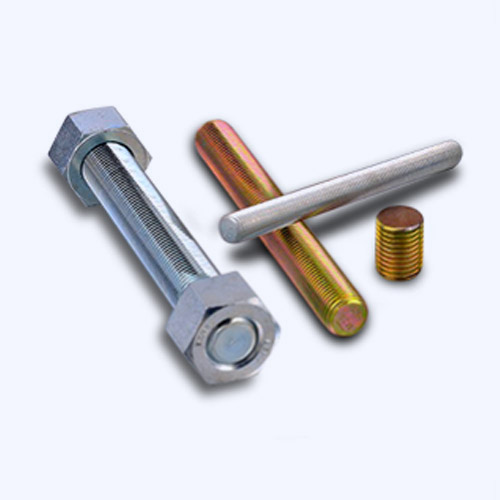adjusting pressure reducing valve
Understanding and Adjusting Pressure Reducing Valves
Pressure reducing valves (PRVs) play a crucial role in various fluid systems, ensuring that downstream pressure remains within safe and functional limits. By automatically regulating the pressure of fluid flowing through a system, these valves enhance safety, protect equipment, and improve efficiency. However, to achieve optimal performance, proper adjustment of these valves is essential. This article delves into the operation of pressure reducing valves, their applications, and the steps necessary for effective adjustment.
How Pressure Reducing Valves Work
At its core, a pressure reducing valve functions by controlling the downstream pressure to a preset level, regardless of fluctuations in the upstream supply pressure. When the pressure exceeds the set point, the valve modulates, allowing less fluid to pass through, thereby reducing the downstream pressure. Conversely, when downstream pressure drops, the valve opens further, allowing more fluid to flow, thereby stabilizing the pressure.
PRVs typically consist of several key components the valve body, an inlet and outlet, a diaphragm or piston, and a spring. The spring applies force against the diaphragm, while the incoming fluid pressure acts on the opposite side. The balance between these forces determines the position of the valve and, in turn, the flow of fluid.
Common Applications of Pressure Reducing Valves
Pressure reducing valves are widely used in various industries and applications. In municipal water systems, these valves manage the pressure that households and businesses receive, preventing damage to plumbing and appliances. In industrial settings, PRVs protect equipment such as pumps and compressors from excessive pressure, reducing the risk of mechanical failure.
Additionally, PRVs are crucial in heating systems, where they help maintain optimal pressure in steam or hot water lines. They are also employed in gas distribution networks and even in residential HVAC systems to ensure reliable operation.
Importance of Proper Adjustment
The performance of a pressure reducing valve hinges on its proper adjustment. If set too low, the valve may not allow enough pressure to sustain operations, leading to inefficiencies. Conversely, if set too high, it may place undue stress on downstream equipment and pose safety risks. Therefore, adjusting a PRV to the appropriate pressure set point is paramount.
adjusting pressure reducing valve

Steps to Adjust a Pressure Reducing Valve
1. Safety First Prior to making any adjustments, ensure that all safety precautions are in place. Turn off the system or divert the flow to a safe area if necessary. This will prevent any unexpected surges in pressure and safeguard personnel.
2. Identify the Set Point Determine the required downstream pressure for your specific application. This information is often available in system specifications or can be obtained by consulting with engineers or system designers.
3. Locate the Adjustment Screw Most PRVs have an adjustment screw, typically located on the top or side of the valve body. This screw changes the tension on the spring within the valve.
4. Make the Adjustment Using an appropriate tool, turn the adjustment screw clockwise to increase the downstream pressure (tightening the spring) or counterclockwise to decrease it (loosening the spring). Make small adjustments, as significant changes can lead to dramatic shifts in pressure.
5. Monitor the Changes After making an adjustment, it is crucial to monitor the downstream pressure using a gauge. Ensure that after adjustments, the pressure stabilizes at the desired set point. If necessary, repeat the adjustment process until the correct pressure is achieved.
6. Document the Settings Finally, document the new pressure settings for future reference and maintenance purposes. This information can be invaluable for troubleshooting or when further adjustments are needed.
Conclusion
Pressure reducing valves are integral components in maintaining the efficiency and safety of fluid systems. By understanding how they operate and following the proper steps for adjustment, users can ensure that these valves deliver optimal performance. Regular inspection and adjustment of PRVs not only protect equipment but also enhance the overall functionality of the systems they serve. Whether in residential applications or large industrial environments, mastering the art of adjusting pressure reducing valves is critical for any engineer or technician in the field.
-
The Key to Fluid Control: Exploring the Advantages of Ball Valves in Industrial SystemsNewsJul.09,2025
-
The Versatile World of 1, 2, and 3 Piece Ball ValvesNewsJul.09,2025
-
Stainless Steel Ball Valves: The Ideal Choice for Efficient Flow ControlNewsJul.09,2025
-
Optimizing Fluid Control with Ball Float ValvesNewsJul.09,2025
-
Manual Gate Valves: Essential for Control and EfficiencyNewsJul.09,2025
-
Everything You Need to Know About Butterfly ValvesNewsJul.09,2025
-
The Versatility of Wafer Type Butterfly ValvesNewsJul.08,2025




